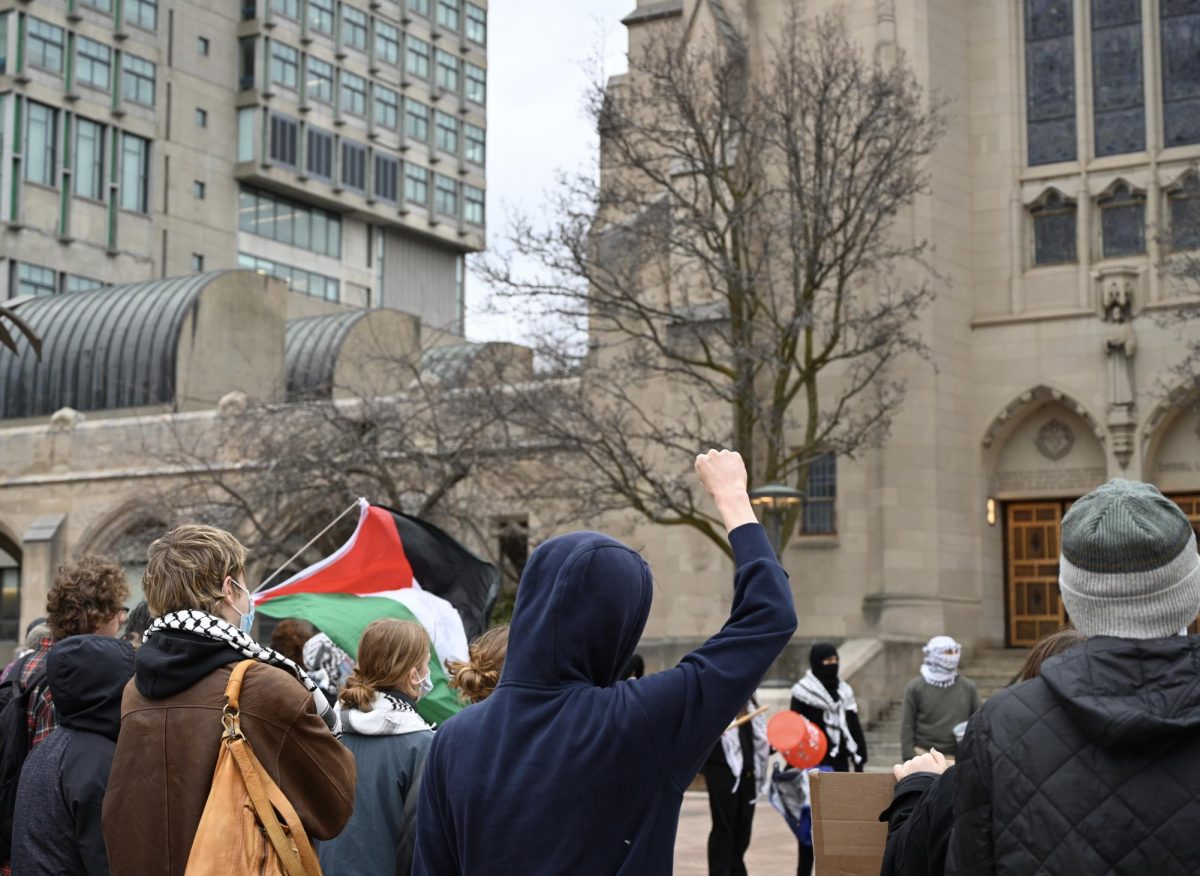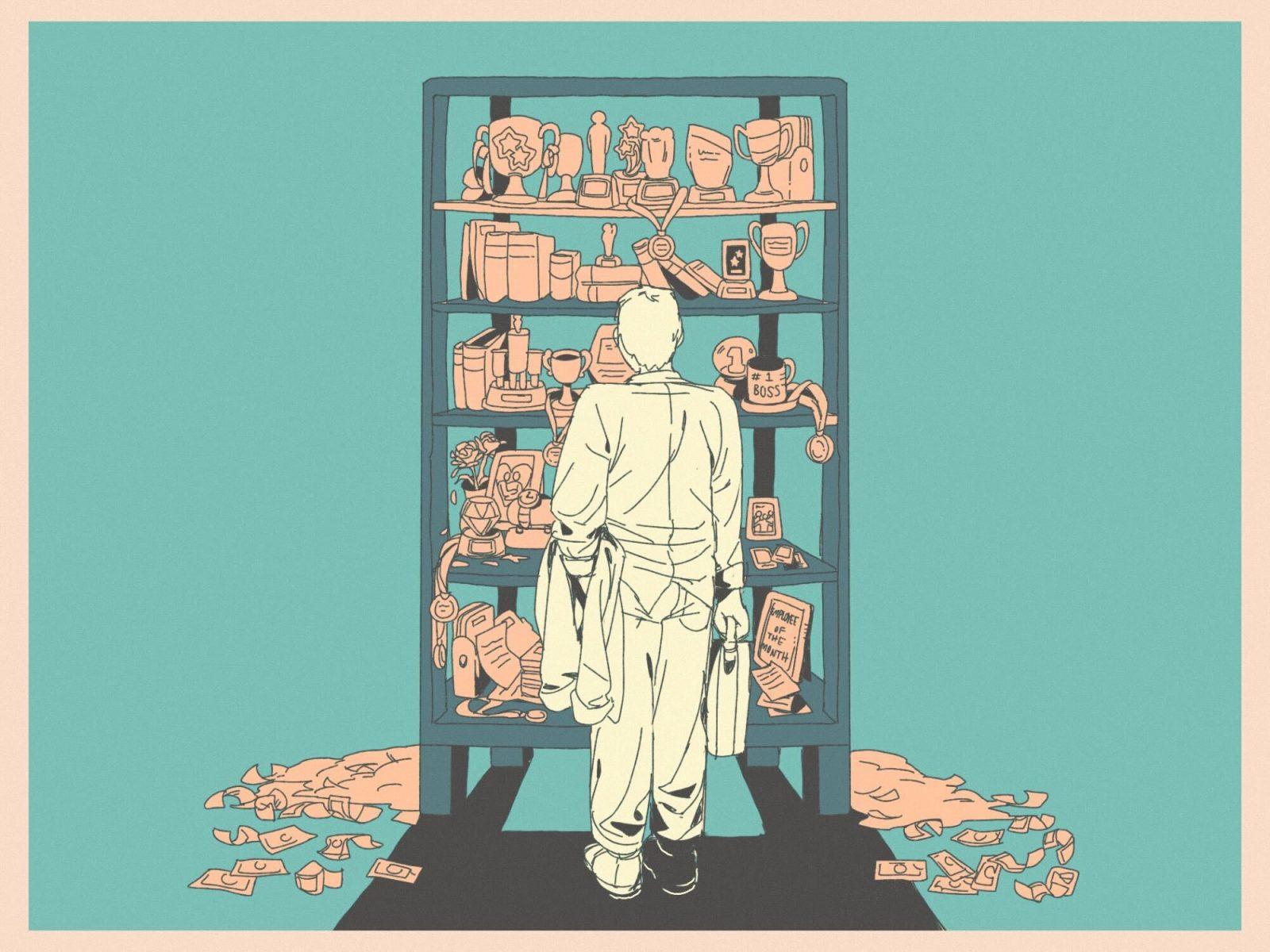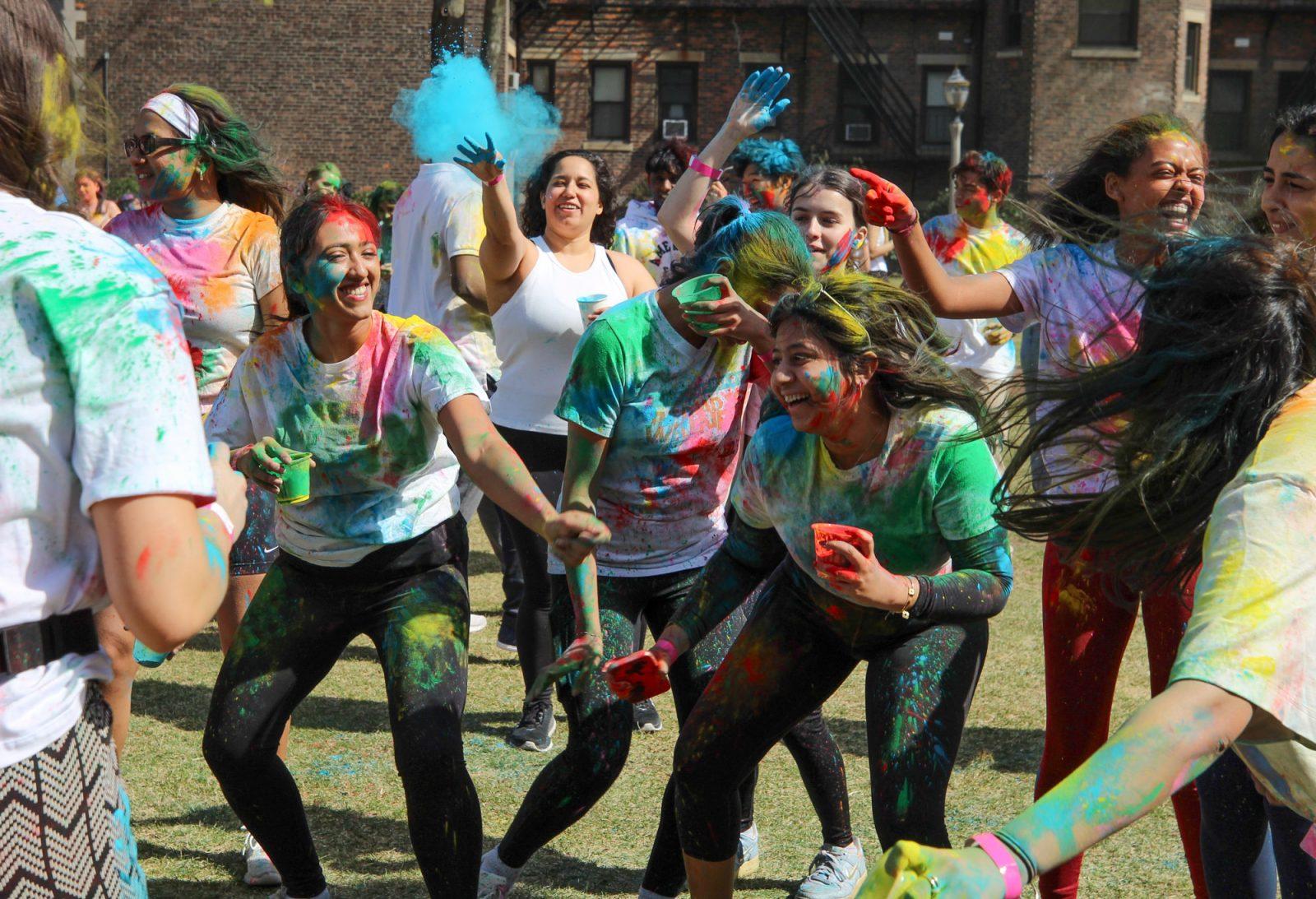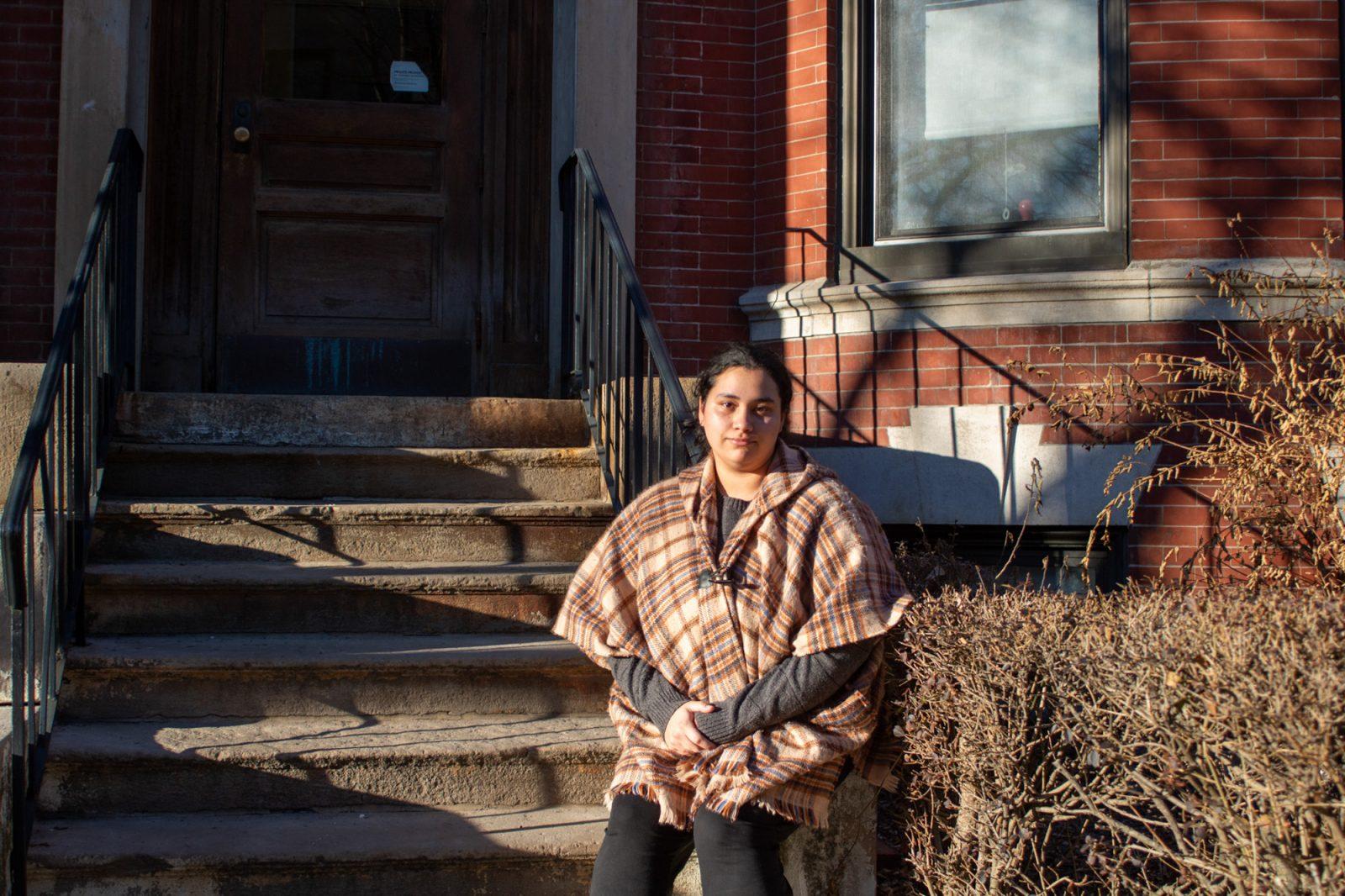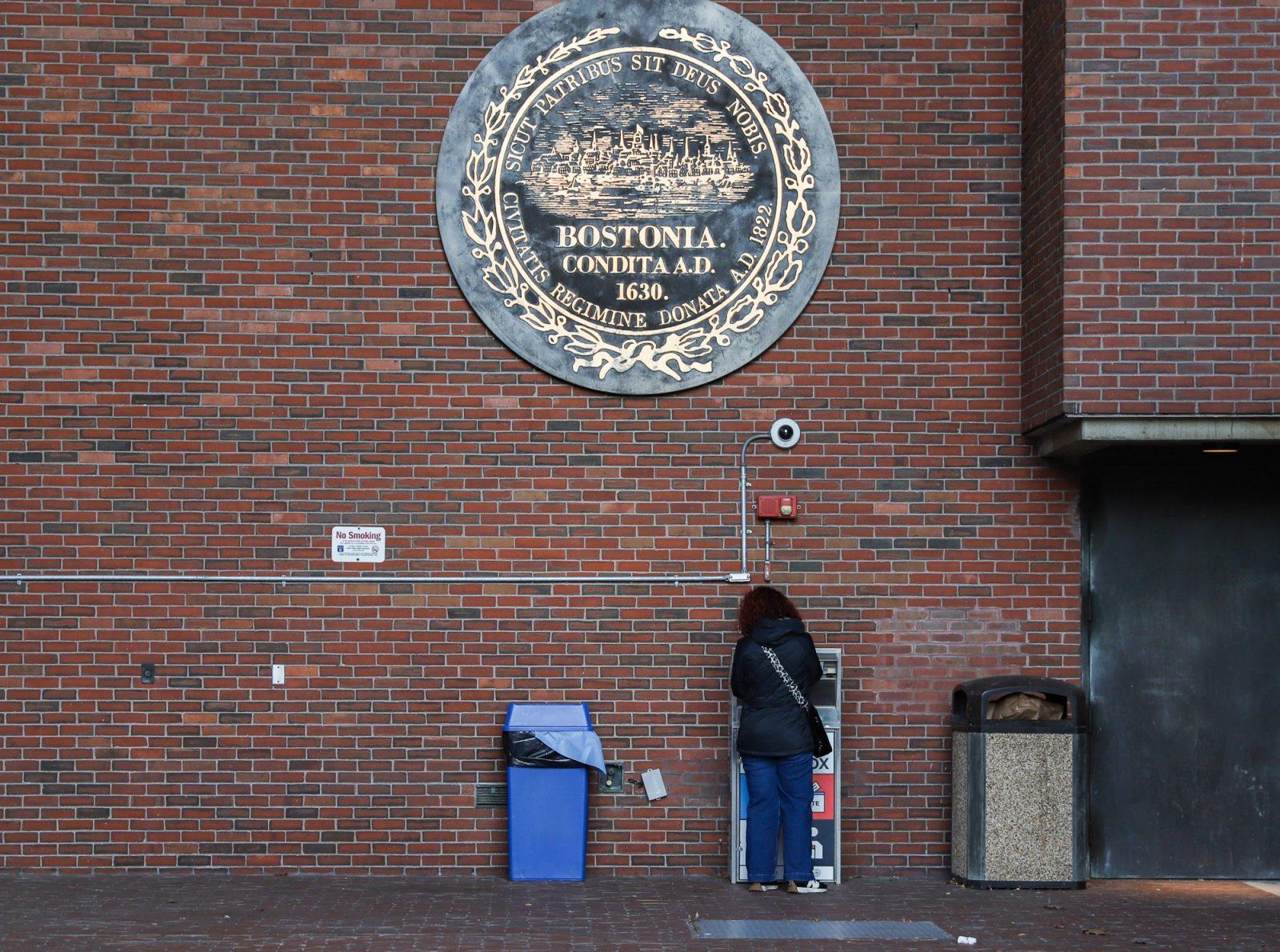By Annie Maroon, Staff Writer
Annie is currently studying abroad in Peru and will be sharing details of her experiences and travels over the next couple of weeks.

Crossing the street in Lima is an extreme sport. Part of what makes it so fun (and by “fun,” I mean “life-threatening”) are the microbuses: buses that barrel down the streets with people hanging out the doors, calling out prices and destinations. And on the side of each multicolored vehicle is a partial list of destinations: BRASIL. VENEZUELA. CUBA. MEXICO.
Of course, they’re only street names. If these were submersible buses that could actually take us to Cuba, crossing the street might be a sci-fi movie, rather than just a terrifying South American experience. But I’m pretty pleased with the idea that I could hop a city bus in central Lima and, eventually, find myself in Venezuela.
In fact, during an excursion over the weekend, we passed by the Pan-American Highway, which I’d forgotten passes through Lima. I’ve been smitten with the idea of the Pan-American for the last couple years: essentially, it runs from Alaska down to the southern tip of South America, but you can’t actually drive the length of it, because there’s a 54-mile patch of Colombian jungle where there is no road and you have to ship your car around it by ferry to continue. Part of me is disappointed by this; the other is a little relieved to hear of a patch of the Americas that hasn’t been paved.

The point is that I’m on the other side of that gap in the road. Ecuador and Chile are my neighbors right now. But I’m in no hurry to head out of Lima, seeing as I only have two more weeks to learn my way around a city that sprawls over 310 square miles along the Pacific coast.
So far I’ve seen the area around the Pontificia Universidad Catolica de Peru, a neighborhood that seems to be under a great deal of construction; Miraflores, the residential district where I live with my host family; the city center, which is full of brightly colored Spanish buildings and tiny shops selling llama-related paraphernalia; and Pachacamac, the ruins of an ancient city on the outskirts of town. It’s all part of greater Lima, but I feel like I’ve been in several different regions – the only unifying factor is the fog.
The fog, for which the local name is “garua,” is here to stay. During the entire Peruvian winter, it hangs over the ocean and the city on the cliffs up above, blocking out any hope of sunlight. I am serious when I say that I saw ten times as much sunlight in a week in Ireland (where I studied last fall) than I have in my first week in Peru. But even in the dead of winter (you know, jeans and sweatshirt weather), wandering around Lima for the next two weeks suits me fine.







